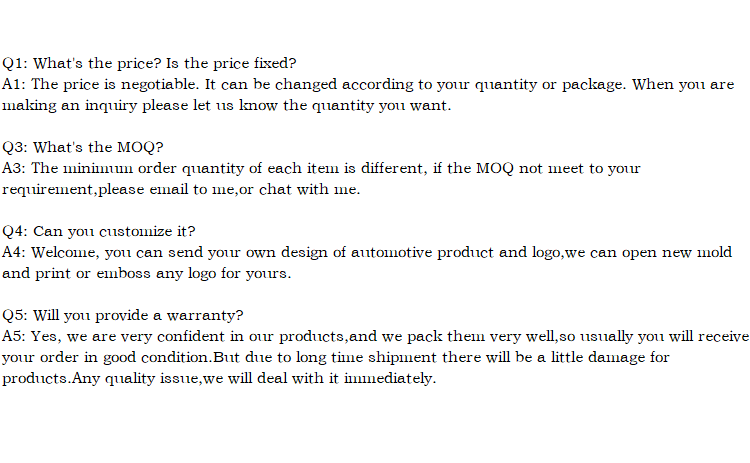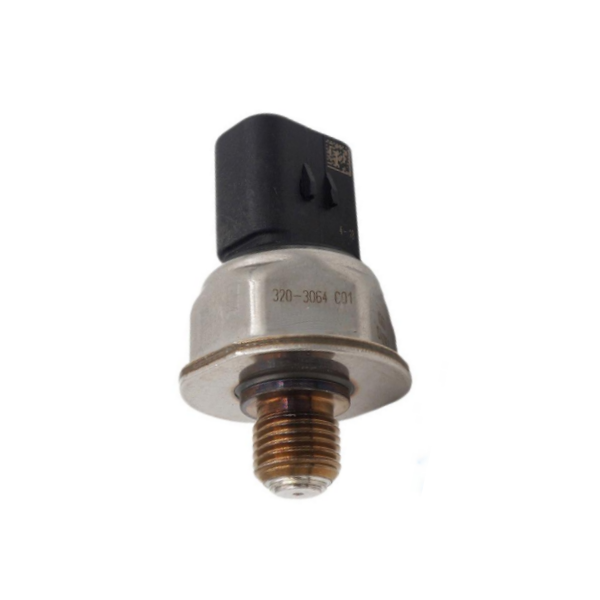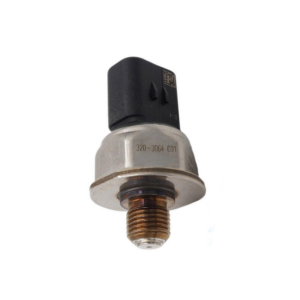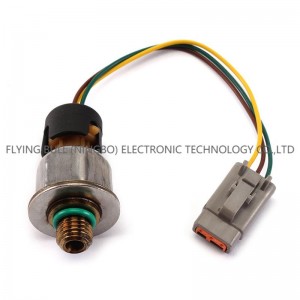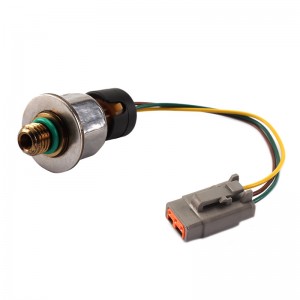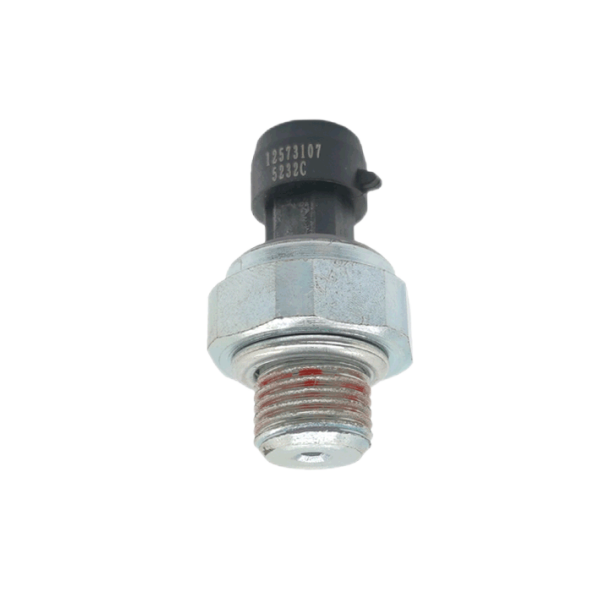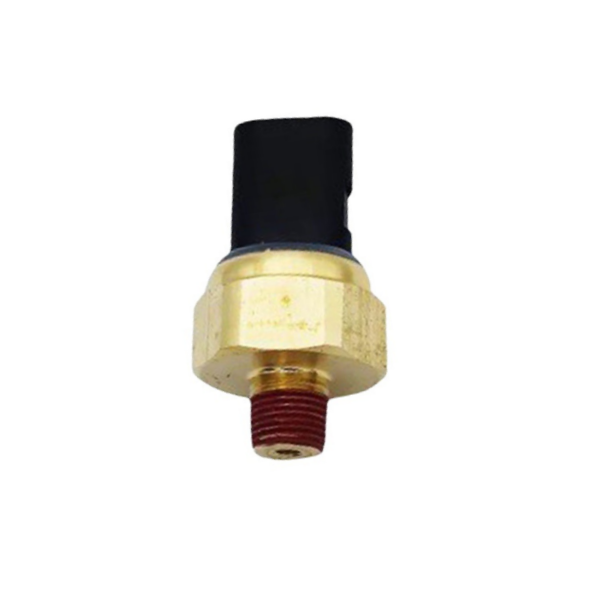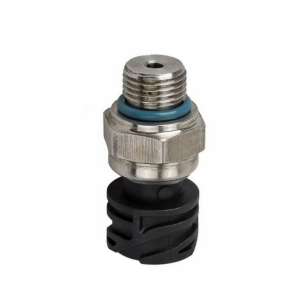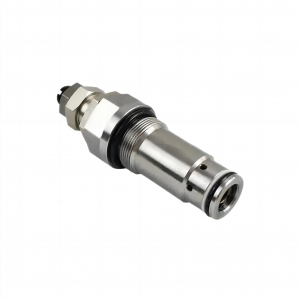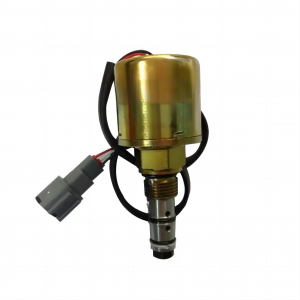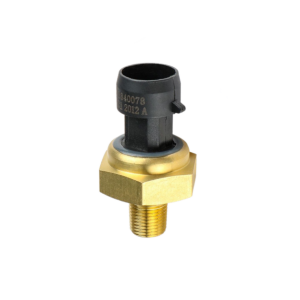Oil pressure sensor 1845536c91 for Ford auto parts
Product introduction
Working principle of pressure sensor
Pressure sensors work by measuring physical changes that occur in response to pressure differences. After measuring these physical changes, the information is converted into electrical signals. These signals can then be displayed as usable data that the team can interpret. An example of this process is as follows:
1. Strain gauges convert pressure into electrical signals.
The most common type of pressure sensor uses strain gauges. It is a mechanical device that allows slight expansion and contraction when pressure is applied or released. Sensors measure and calibrate physical deformation to show the pressure applied to equipment or storage tanks. Then it converts these changes into voltages or electrical signals.
2, electrical signal measurement and recording
Once the sensor generates an electrical signal, the device can record the pressure reading. The intensity of these signals will increase or decrease, depending on the pressure felt by the sensor. Depending on the signal frequency, pressure readings can be taken in very close time intervals.
3. CMMS receives electrical signals.
Electrical signals now take the form of pressure readings in pounds per square inch (psi) or Pascal (Pa). The sensor sends out readings, which are then received by your CMMS in real time. By installing multiple sensors in various assets, CMMS system acts as a central hub to track the whole facility. CMMS providers can help ensure connectivity of all sensors.
4. CMMS maintenance team
After installing the sensor, your maintenance team can receive an alarm when the pressure measurement is too high or too low. An excessively high pressure level may indicate a risk of component breakage or may damage the equipment. On the other hand, pressure loss may be a sign of leakage, especially on pressure vessels. The combination of real-time data and mobile function keeps your team informed of the status of your facility at any time.
Product picture


Company details







Company advantage
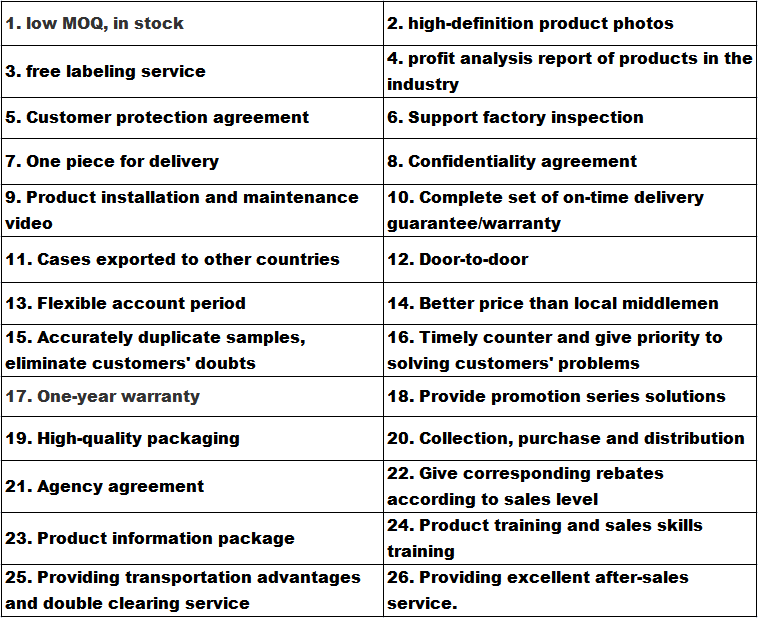
Transportation

FAQ
